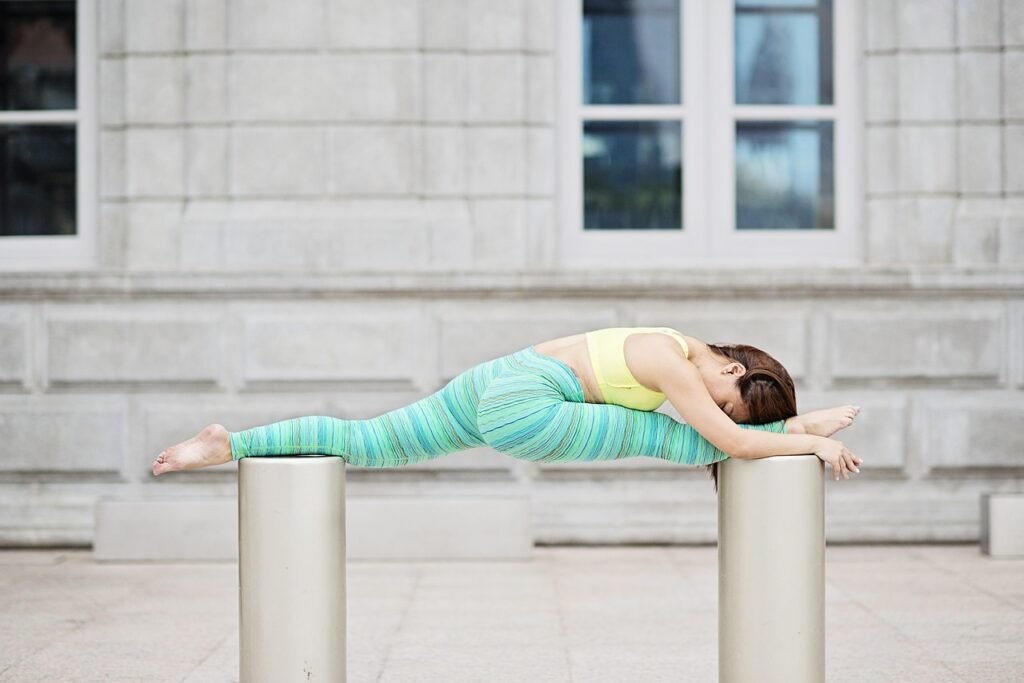The Work-Life Boundary: A Definition
For YouTubers – 30% considered their creation of YouTube videos to be a full-time occupation.
Reference: Pew Research Center. (2020). YouTube and the pursuit of fame. https://www.pewresearch.org
Time Autonomy Doesn’t Always Mean Control
One of the main attractions to YouTube is the promise of flexibility. Creators can theoretically set their own hours. In practice, successful channels operate on tight production schedules that require near-constant planning, shooting, editing, and community management.
According to Cunningham and Craig (2019), creators frequently sacrifice personal downtime in favor of responsiveness and perceived momentum. They refer to this as “relational labor” — a form of invisible work where creators feel obligated to maintain presence across platforms.
Reference: Cunningham, S., & Craig, D. (2019). Social media entertainment: The new intersection of Hollywood and Silicon Valley. NYU Press.
Monetization Adds Pressure, Not Relief
Income on YouTube is rarely stable. Many creators diversify income with merchandise, memberships, or affiliate programs — all of which require separate workflows.
This revenue model drives creators to overwork rather than underwork.
Mental Health Risks Are High — and Often Ignored
Unlike corporate environments, creators often lack HR systems or peer support networks.
Healthy Routines
Creators who maintain balance often do so by building structure into their daily lives. This includes batching content production, scheduling offline time, and separating content ideation from personal reflection.
Family and Friends Can Be Shield or Strain
The social environment surrounding a creator significantly impacts their stress load.
A 2021 study by Duffy and Poell found that creators’ social lives often became entangled with content schedules.
Public Identity Has Private Costs
The pressure to remain “on brand” can be exhausting. For creators who build channels around personality-driven content, every social interaction becomes a performance. Even personal experiences can become potential material, creating an ongoing tension between authenticity and commodification.
Senft (2013) coined the term “micro-celebrity” to describe this phenomenon — a condition in which individuals constantly negotiate between persona and person. For YouTubers, that line is particularly thin. Many experience identity fatigue after years of self-branding.
Reference: Senft, T. M. (2013). Microcelebrity and the branded self. In J. Hartley, J. Burgess, & A. Bruns (Eds.), A Companion to New Media Dynamics (pp. 346–354). Wiley-Blackwell.
Metrics Shape Behavior — Even Off Camera
View counts, likes, comments, and subscriber numbers create a feedback loop. Creators learn to interpret these numbers emotionally.
Eslami et al. (2018) documented how algorithmic incentives influence content choices and time allocation. Participants in their study described altering sleep schedules or postponing medical care to release videos at “optimal” times.
Setting Limits Requires Confidence, Not Gimmicks
These moves carry risk. Subscriber counts may dip. Algorithms may penalize inactivity. But those who do manage to sustain their presence usually attribute it to having taken those calculated risks early.
The Hidden Value of Peer Communities
They function like professional networks, providing feedback, collaboration opportunities, and emotional support.
